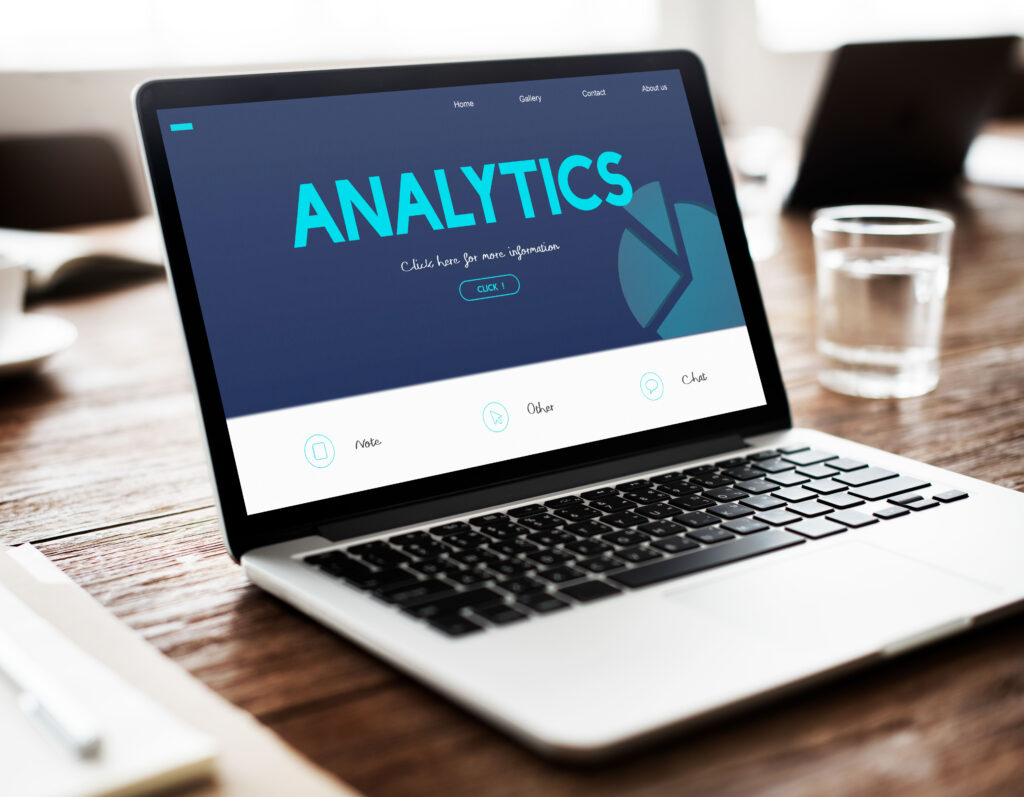As a healthcare provider, you know how important it is to deliver high-quality patient care while managing your practice efficiently and profitably. But how do you measure and improve your performance in these areas? How do you identify and address the challenges and opportunities that affect your clinical and financial outcomes? How do you leverage the power of your data to grow your practice and enhance patient satisfaction?
The answer is reporting and analytics. Reporting and analytics are the processes of collecting, organizing, analyzing, and presenting data to support decision-making and problem-solving in healthcare. They are essential tools for healthcare providers who want to grow their practice, find a work-life balance, and enhance patient care.
But how can you use reporting and analytics effectively in your healthcare practice? And what are the benefits and challenges of using data-driven tools in healthcare? In this blog post, we will answer these questions and show you how you can use reporting and analytics to grow your healthcare practice. We will also introduce you to ProbityCare, a comprehensive and integrated EHR platform that provides integrated reporting and analytics features for your healthcare practice.
What are Reporting and Analytics and Why are They Important for Healthcare Providers?
Reporting and analytics refer to the use of data to assist with decision-making and problem-solving in healthcare. They are important for healthcare providers because they can help them:
- Improve clinical and financial outcomes by measuring and monitoring key performance indicators, identifying gaps and opportunities, and implementing best practices and interventions.
- Reduce errors and risks by detecting and preventing medical errors, fraud, waste, and abuse, and ensuring compliance with regulations and standards.
- Optimize workflows and processes by streamlining and automating tasks, enhancing communication and collaboration, and increasing efficiency and productivity.
- Gain insights and intelligence by accessing real-time and historical data, visualizing trends and patterns, and generating actionable recommendations.
At the same time, the process of reporting and analytics can help you improve patient care and grow your practice by providing you with valuable information and guidance, as they can help you make informed decisions, solve problems, and take action based on data and evidence. In other words, they can help you transform your data into knowledge and turn insights into action.

What are the Benefits and Challenges of Using Data-Driven Tools in Healthcare?
Nowadays, there are multiple tools that, among other features, collect, organize and present the data for you. These data-driven tools will ease your process of data management and therefore allow you to focus on the decisions, not the reporting process. The benefits of these tools are:
- Enhance patient satisfaction and retention by providing personalized and timely care, engaging patients through self-service features, and reducing wait times and errors.
- Increase revenue and profitability by optimizing coding and billing, reducing denials and write-offs, and increasing collections and reimbursements.
- Streamline workflows and processes by automating tasks, reducing paperwork, and improving communication and collaboration.
- Gain insights and intelligence by accessing real-time and historical data, visualizing trends and patterns, and generating actionable recommendations.
However, using reporting and analytics tools in healthcare also poses some challenges, such as:
- Data silos: Healthcare data is often fragmented and isolated across different systems, departments, and organizations, making it difficult to access, share, and integrate.
- Interoperability: Healthcare data needs to be compatible and exchangeable across different platforms, formats, and standards, to enable seamless and secure data flow and collaboration.
- Quality: Healthcare data needs to be accurate, complete, consistent, and timely, to ensure the reliability and validity of analysis and reporting.
- Security: Healthcare data needs to be protected from unauthorized access, use, disclosure, modification, or destruction, to ensure privacy and confidentiality of patients and providers.
To overcome these challenges and unleash the value of your data, you need a comprehensive and integrated EHR platform that can provide you with integrated reporting and analytics features. And that’s where ProbityCare comes in.
How Can ProbityCare Help You Use Reporting and Analytics to Grow Your Healthcare Practice?
ProbityCare is a turn-key EHR solution that provides integrated reporting and analytics features for your healthcare practice. With ProbityCare, you can:
- Access data from different applications, such as EMRs, labs, pharmacies, imaging, etc., through a single interface.
- Exchange data with other healthcare providers, payers, and organizations, using standard formats and protocols, such as HL7, FHIR, and DICOM.
- Ensure data quality and security by validating, cleansing, and encrypting data, and applying rules and policies for data access and use.
- Analyze and visualize data from multiple perspectives and dimensions, using dashboards, charts, graphs, and reports.

How to Get Started with ProbityCare and Reporting and Analytics?
Reporting and analytics are the future of healthcare. Not only they can help you transform your data into knowledge and turn insights into action but also can help you improve patient care and grow your practice while achieving your goals and vision.
For this purpose, ProbityCare is the one-key EHR platform that will help you use the true potential of your data, save your time, grow your practice, and enhance patient care through its complete features. Try it for free today!

